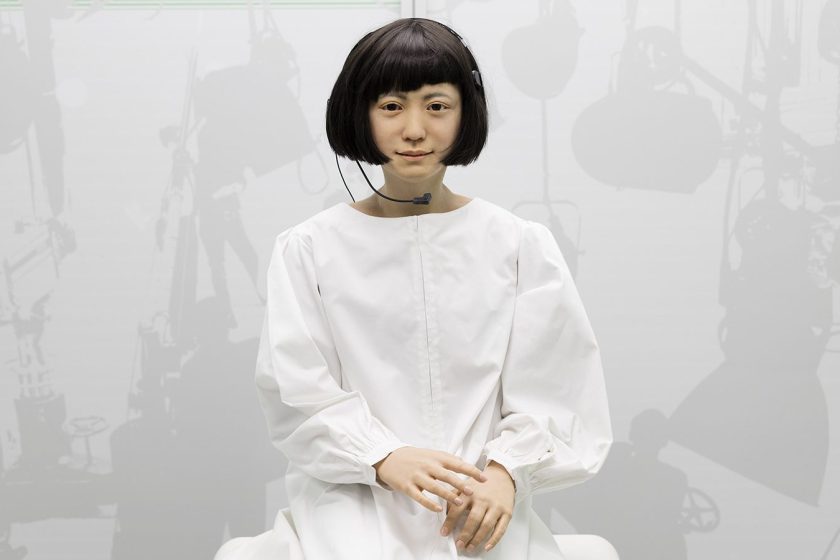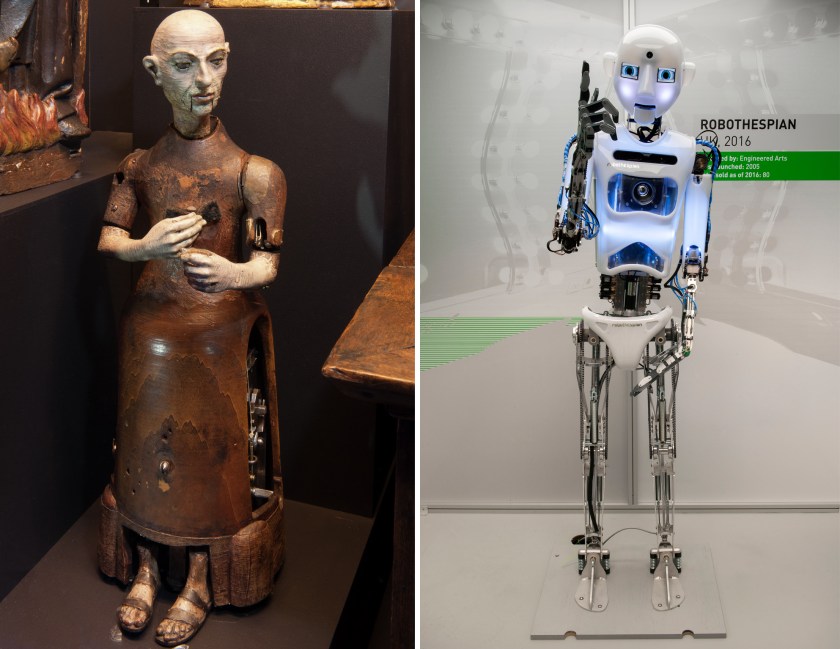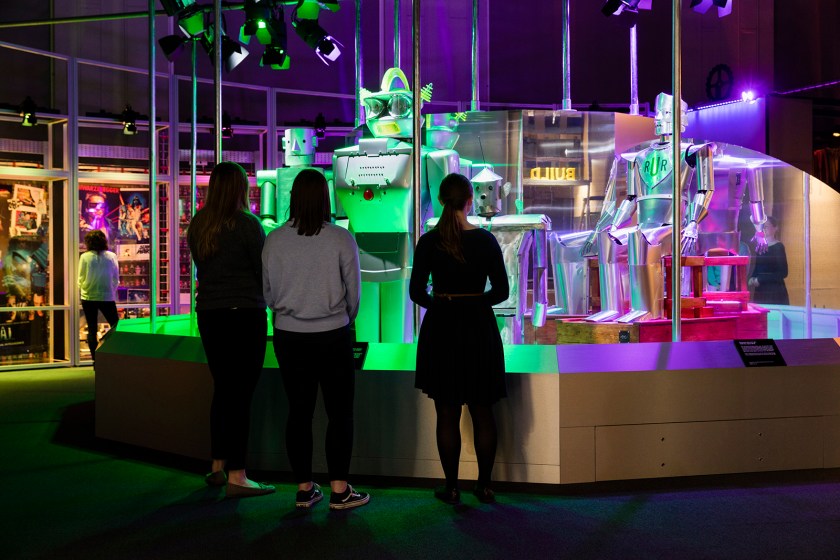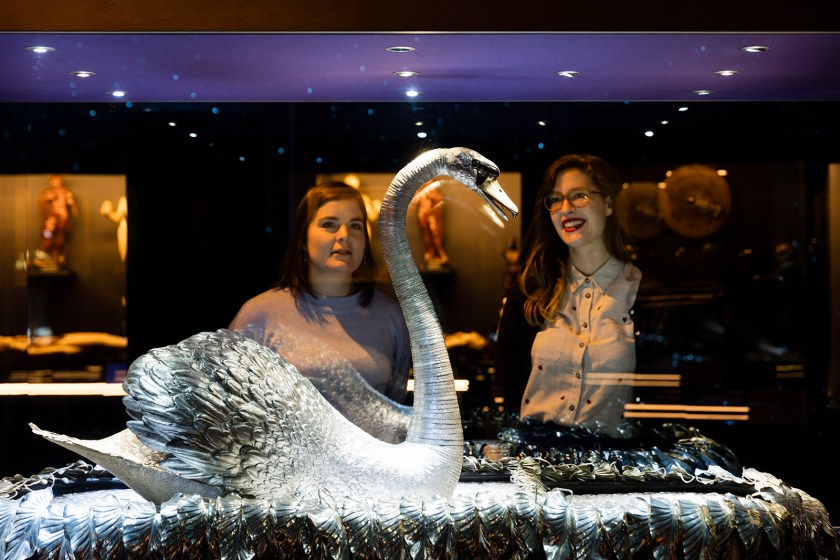
Robots are certainly the wave of the future, but a new exhibit at the Science Museum in London argues that they’re just as much a part of the past. In fact, society’s been trying to make machines more human for the past 500 years.

The new exhibit, aptly entitled Robots, explores humanity’s quest to recreate itself in the form of a machine—a process historically shaped by religion, industrial innovation, and popular culture. Billed as the most significant collection of robots ever put on display, the exhibition boasts over 100, from a 16th-century mechanized monk to Fritz Langs’ creation in Metropolis and the research-assisting robots in science labs today.

Visitors will get a particular shock from the life-like, animatronic baby on display—a prop used in films but still capable of eliciting strong emotions. “Coming face to face with a mechanical human has always been a disconcerting experience,” said Ben Russell, the exhibit’s lead curator. “That sense of unease, of something you cannot quite put your finger on, goes to the heart of our long relationship with robots.”

Robots also features a mechanized, life-sized swan that dates back to 1773, and was invented by John-Joseph Merlin, who also gave the world the roller skate. After Mark Twain saw the swan on display at the Paris Exhibition of 1867, the American author wrote it into his novel The Innocents Abroad. Also included in the collection is the singing RoboThespian, which does vocal exercises and performs for visitors every 20 minutes.


Robots is open now and runs until September 3, 2017. For more information, click here. In the video below, hear about the seven must-see robots from the exhibition.
—RealClearLife Staff
This article was featured in the InsideHook newsletter. Sign up now.






















